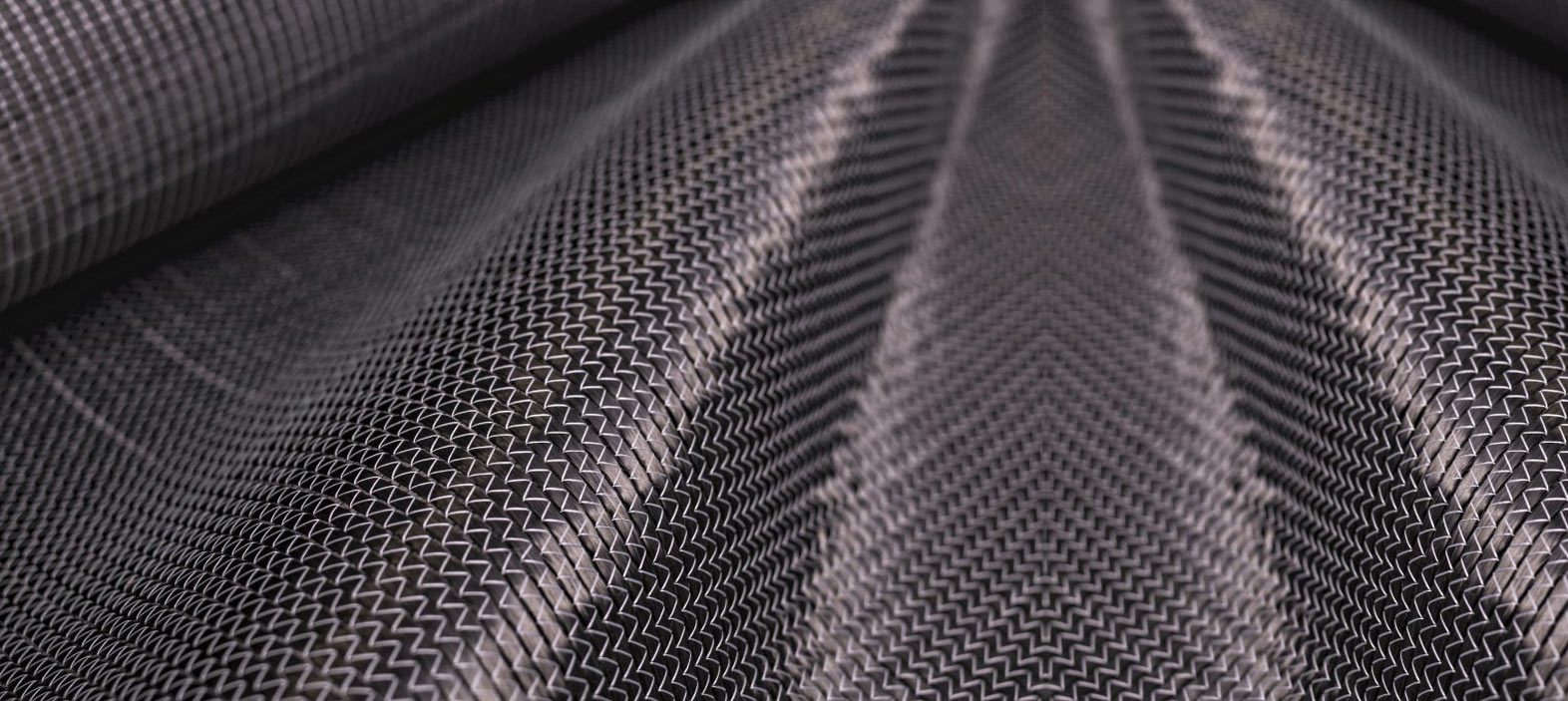
What is Multiaxial Carbon Fiber
👁 Reads: 125
As we already know, Carbon fiber stands at the forefront of materials engineering innovation. Researchers have sought to enhance its mechanical prowess further, and one notable advancement is the incorporation of multiaxial structures. The term 'multiaxial,' denoting 'multiple directions,' aptly describes a material composed of several layers, each with a distinct orientation. This results in a multidirectional or isotropic structure, diverging from the traditional unidirectional strength commonly associated with carbon fiber. Such a nuanced arrangement imparts versatility, making it an ideal choice for applications requiring superior performance in various directions. Let's dig deeper together.
An Insight into the Manufacturing Process
Multiaxial carbon fiber is a composite material of individual carbon fibers strategically arranged in multiple layers to imbue the material with its distinctive multiaxial properties. The manufacturing process involves laying the carbon fibers into a sheet and subsequently wrapping the sheet around a sizable drum, referred to as a 'prepreg.' During this process, the entire assembly undergoes curing. Crucially, rollers apply pressure, facilitating the expulsion of any trapped air and ensuring impeccable bonding between the layers. The orientation of these rollers can be adjusted in various configurations, resulting in a final product known as 'prepreg tape,' 'carbon prepreg,' or simply 'multiaxial.'
How does the multiaxial construction of a carbon prepreg make the product cheaper?
The multiaxial construction of a carbon prepreg contributes to cost savings compared to a single-layer carbon fiber sheet. A substantial quantity of individual carbon fibers is required to achieve the necessary thickness in creating a single-layer sheet. However, this becomes economically challenging as these individual carbon fibers tend to be relatively short. The fibers must be densely packed and tightly bonded to attain the desired thickness to form a continuous sheet, resulting in increased production costs. In contrast, the multiaxial approach optimizes fiber placement, enabling efficient utilization and reducing the overall material requirement, thereby enhancing cost-effectiveness in the manufacturing process.
How does the multiaxial layout help the production of more complex structures?
Multiaxial layouts enhance the production of complex structures by accounting for loads from various directions simultaneously. In engineering, this approach ensures realistic modeling of forces structures encounter in real-world scenarios. By considering multiaxial loading, designs better reflect the diverse stress conditions structures may face, improving structural integrity. This comprehensive approach is crucial for creating robust and reliable structures capable of withstanding multidirectional forces, ultimately contributing to developing safer and more efficient engineering solutions.
Is a multiaxial is the best solution?
The suitability of multiaxial carbon fiber depends on the application's specific requirements.
Here are some considerations when determining if multiaxial carbon fiber is the best solution:
- Strength and Stiffness: Multiaxial carbon fiber composites offer versatile strength in multiple directions, ideal for varied loading conditions. When combined with carbon fiber tubes, a comprehensive structural solution arises, which provides inherent strength along their length. This integration enhances overall structural integrity by complementing the multidirectional strength of the composites.
- Complex Shapes: Multiaxial carbon fiber composites can be molded into complex shapes, allowing for efficient use of material and the ability to tailor the design to specific requirements. Multiaxial carbon fiber may be a good choice if your project involves intricate shapes.
- Weight Reduction: Carbon fiber composites, including multiaxial configurations, are lightweight compared to many traditional materials. Carbon fiber may be suitable if weight reduction is a critical factor in your application.
- Environmental Factors: Carbon fiber composites are known for their durability and resistance to corrosion, making them suitable for applications in harsh environments. Consider the environmental conditions your project will encounter.
- Specific Application Requirements: Consider the specific performance requirements of your application, such as impact resistance, thermal conductivity, or electrical conductivity. Evaluate whether multiaxial carbon fiber meets these specific needs.
Engineering analysis, testing, and consultation with materials experts can help determine a project's most suitable solution.





